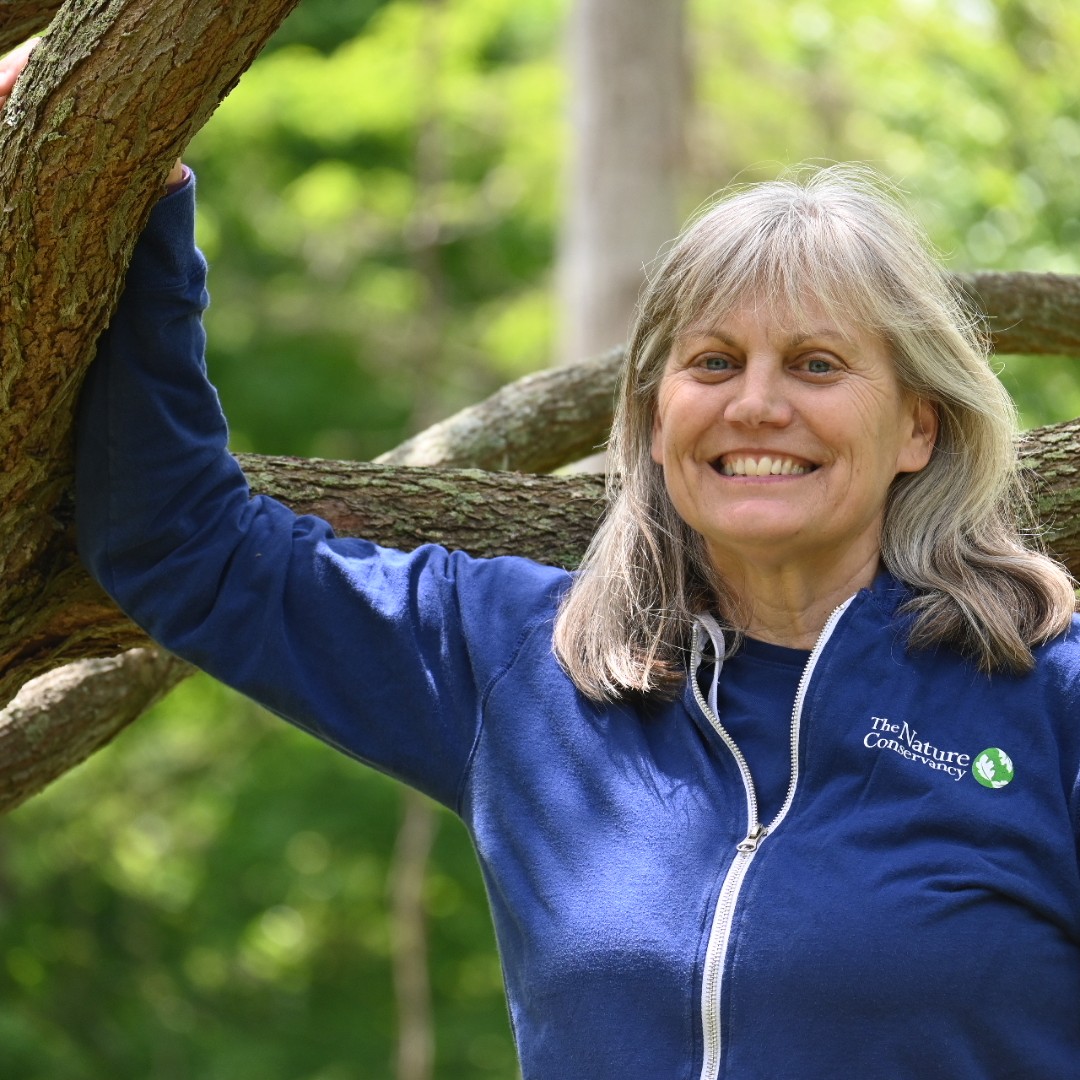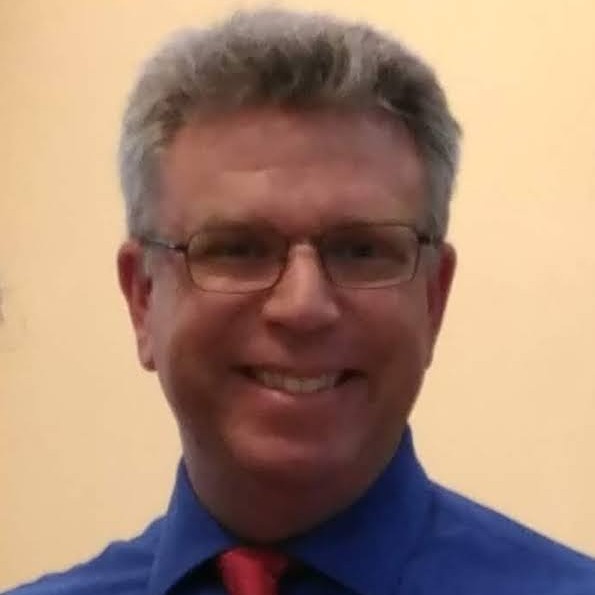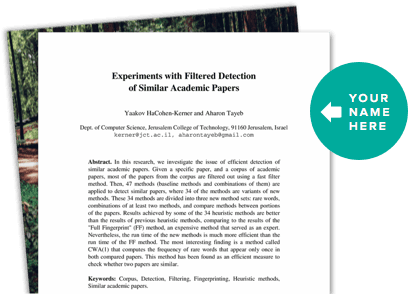About This Project
This project transforms HS science education by integrating real-time DNA barcoding and bioinformatics into classrooms. Using nanopore sequencing, students complete the DNA barcoding workflow, gaining hands-on experience in molecular biology and computational analysis. It enhances accessibility, fosters independent research, and empowers students to examine plant microbiomes which assess the health of plants and their associated environment, inspiring future scientists.
Ask the Scientists
Join The DiscussionWhat is the context of this research?
For years, I have participated in DNA barcoding programs such as Barcode LI https://dnabarcoding101.org/pr... and the Wolbachia Project https://wolbachiaproject.org/
These teach students to isolate DNA, amplify via PCR, and obtain sequences, however, students must send their samples away for DNA sequencing.
My goal as an educator is to inspire students by having them actively DO science. Hands-on projects help them discover strengths, confront challenges, and develop a passion for discovery. This outsourcing poses two issues: it disconnects students from key steps, turning science into “magic,” and delays results, leaving little time for analysis. I’ve seen how such delays rush learning and hinder students’ ability to interpret data.
Future biologists need bioinformatics skills, the ability to extrapolate meaning from large data sets, as well as understanding how the difference in metagenomes and plant hybridizations affects the health of plant organisms and the environment.
What is the significance of this project?
This provides an affordable way to integrate DNA sequencing into the classroom, increasing hands-on science & empowering independent student research. Beyond my lab, this has the potential to reach students across LI's East End; participants in my summer DNA camp.
This project enables advanced applications like metabarcoding, the identification of all the symbiotic organisms that keep a plant healthy. Metabarcoding comparisons empowers students to quantify the symbiotic organisms living in various ecosystems on Shelter Island alerting us to problems.
Students will also examine plant hybridization, how much similar species have exchanged DNA. Hybridization makes our forests less diverse and at a greater risk to disease.
Students will communicate their results with the town and environmental organizations.
Using nanopore sequencing, students will gain crucial bioinformatics & computational skills, addressing a key gap in science education & inspiring future scientists.
What are the goals of the project?
To empower HS students to design and complete novel bioinformatic projects on the microbiomes of plants. Plants rely on their associated microbiomes, the organisms that live on and in them, for their health and productivity. This project will enable students to understand the health of the plants within associated ecosystems.
Specifically, students will compare microbiomes of plants found within the local nature preserve, organic farms, shore and town locations. Students will determine if there are significant microbiome changes between the various ecosystems on Shelter Island.
A healthy plant microbiome will have a diverse community of organisms, the amount of loss of diversity between ecosystems on Shelter Island could indicate warning signs for our environment and the risk of plant disease.
Not only will this project foster and inspire future scientists, but all this valuable environmental information will also be shared with local town officials and environmental groups.
Budget
The requested budget items are the required supplies to start nanopore sequencing in the HS classroom for plant, algae and microbiome projects. I am currently able to extract DNA with the supplies that I have, the only additions would be the above supplies to take it to the next level. The budget request provides enough materials for two school/summer years. The starter packs come with everything needed for year 1 and the purchase of the additional MinIon and the Flongle give us the ability to complete research for a second year. Basically, the aim of this proposal is to request help with the high cost of start-up and we would be able to continue funding further research locally.
Endorsed by
 Project Timeline
Project Timeline
The first year of this project would be to learn how to complete nanopore sequencing in my lab. While I have completed a nanopore sequencing project with the help of Cold Spring Harbor Labs, this will be my first project in my high school laboratory
Therefore we will start 'simple' and build in project complexity over year two.
Once we truly understand how the technology works we will open up for student led scientific inquiry project proposals
Feb 13, 2025
Project Launched
May 14, 2025
Student driven plant microbiome extraction, sequencing and analysis on school grounds
Oct 01, 2025
Student driven plant microbiome extraction, sequencing and analysis Mashomack, the Nature Conservancy
Jan 14, 2026
Student driven plant microbiome extraction, sequencing and analysis from Sylvester Manor a local organic farm
Apr 01, 2026
Student driven locations across Shelter Island to complete plant microbiome extraction, sequencing and analysis completing an environmental survey
Meet the Team
Daniel Williams
I am a High School teacher from Shelter Island, a small rural school district just off from Long Island. I teach all of the high school life science courses including, Introduction to Biology, NYS The Living Environment, AP Bio, Anatomy and Physiology, Marine Science and a Science Research class. I also run the schools Science Club. My goal in education is to ignite the passion for discovery in as many students as I can. I believe this is best accomplished by students completing science experiments of their own interest and their own design. Whether in my research class or in the science club my students push the limits of what a high school laboratory can do. While we often stumble along the way, perseverance in the face of failure, and the love of scientific exploration is the greatest gift I can offer my students.
Lab Notes
Nothing posted yet.
Additional Information
I have worked with Cold Spring Harbor for over 10 years, teaching both teachers and students how to barcode using existing technology and I view this project as a way to create an East End Barcoding hub. The idea is to get students out into the environment, documenting the fauna and flora. Getting the students to realize the valuable ecosystems at their feet, thus creating environmental stewards as well as student scientists.
Therefore, while this would benefit my students, it would also be open to benefit the greater community, just like the mission of my summer DNA program.
In 2022 I partner with the Nature Conservancy to create a DNA Barcoding and Ecology summer camp, targeting underserved Long Island students. The camp offers transportation, bilingual judges, and Spanish interpreters, embodying a commitment to equity in science education.
In my classroom, science is a journey of exploration.
My goal is for all students to actively participate in that journey, to grow, and discover together.
Project Backers
- 2Backers
- 45%Funded
- $2,505Total Donations
- $1,252.50Average Donation


